St. Louis Lambert International Airport (STL)
St Louis Lambert International Airport (STL) is a large sized, public airport located 14 miles northwest of downtown Saint Louis, Mo. Also referred to as Lambert Field or simply Lambert, STL is the busiest airport in the state of Missouri. The traffic at STL consists of scheduled air carriers and air taxis with a small mix of general aviation and military aircraft. View a printable Pilot Handbook of the STL information found on this Web page.
Know Before You Go
The airport configuration consists of three parallel RWYs, with staggered thresholds, designated RWY 12L/30R - RWY 12R/30L - RWY 11/29. A fourth RWY 6/24 intersects RWY 12R/30L. A complex TWY system provides access to all terminals, ramps, and services located on the airport. The airport geometry coupled with the traffic mix makes STL a potentially challenging airport for pilots.
STL Tower Hours of Operation - Continuous
Administrative Office Open 0600L to 1430L – M through F
Business Phone 314-890-4703
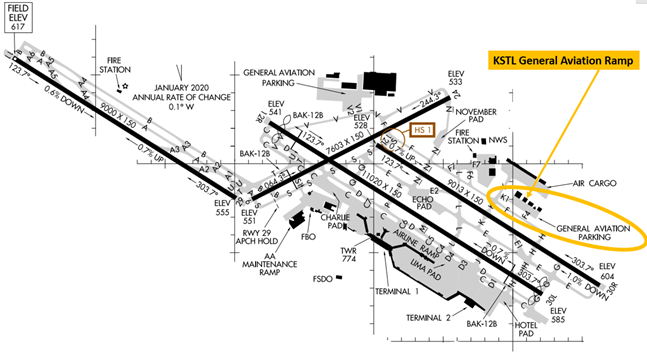
The airspace at STL is Class B. (Refer to Sectional Chart)
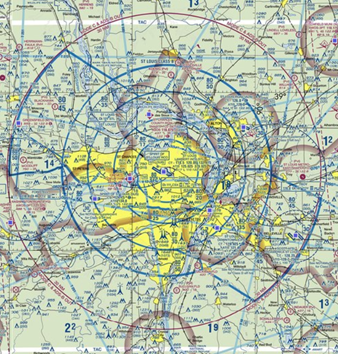
Below find various STL-specific information and things to be aware of, as well as general information to inform your preflight planning. This will be reviewed quarterly and updated as needed. This information is to supplement the From the Flight Deck Videos that are produced by the FAA Runway Safety Group. Here you will also find information provided by the local air traffic controllers at the airport where you intend to fly. The information is subject to change. Not for navigation or legal* pre-flight action. Always refer to official pre-flight materials such as, but not limited to, NOTAMs, airport diagrams, VFR charts and airport construction notices for the latest airport-specific details.
Hot Spots
- HS 1 When taxiing to RWY 12L on TWY F ensure you turn onto TWY S to avoid entering RWY 6/24 by mistake. (See illustration below)
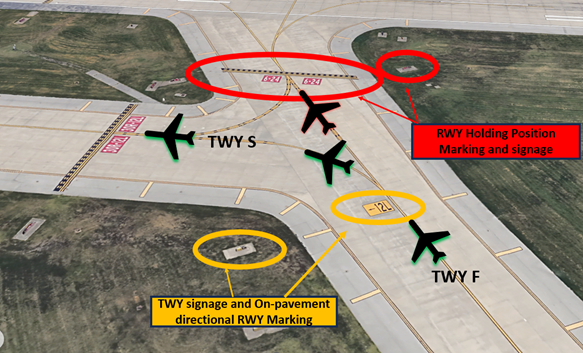
Wrong Surface Intersection Takeoffs
- Risk exists where pilots will turn in the wrong direction during Intersection Takeoffs. (See illustration below.)
- Always check the magnetic compass/Horizontal Situation Indicator (HSI) to confirm departure in the proper direction.
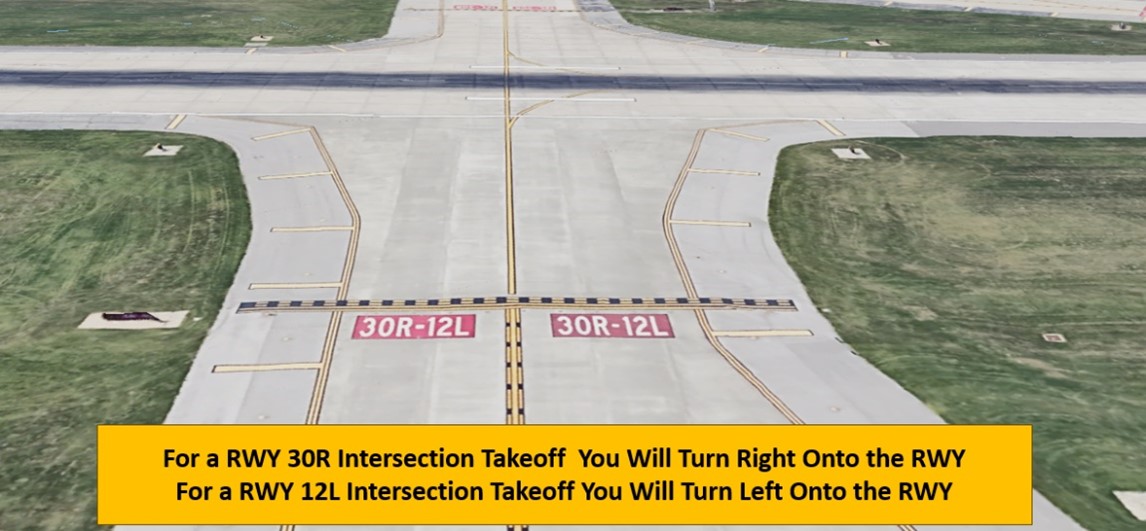
Wrong Surface Landing/Takeoff Risk
- The risk of landing or taking off on a TWY exists.
- There are multiple full-length parallel TWYs at STL.
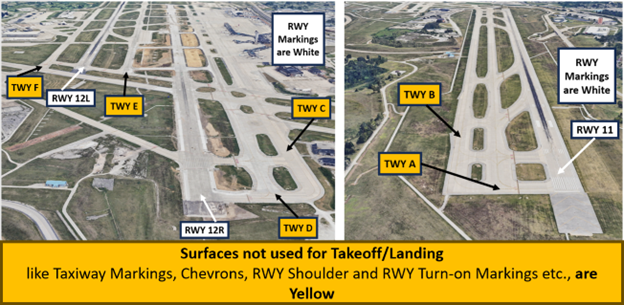
- Wrong Surface Landing risk exists with parallel and offset RWYs. Ensure that you are landing on the correct RWY.
- Loading an instrument approach to the assigned RWY will help pilots ensure they are landing on the proper surface.
- If you are ever in doubt of your instructions or your position, ask the TWR.
General
- Airport Surface Detection Equipment (ASDE-X) in use. Operate transponders with altitude reporting mode and ADS-B (if equipped) enabled on all airport surfaces.
Traffic Patterns
- The TWR will determine traffic patterns based on IFR traffic and controller workload.
Ground Control
- All aircraft will contact Ground Control (GC) prior to taxi.
- GC will issue taxi instructions and the appropriate TWR frequency if requested. If not requested, use the RWY specific TWR frequency on the Airport Diagram.
- traffic volume permits, GA aircraft will be taxied for a RWY 30R intersection departure at TWY H when STL is in a west configuration.
- If arrival volume or wake turbulence delay doesn’t support an intersection departure, aircraft may be issued taxi instructions for a RWY 30R full length or RWY 30L departure.
- These would require a RWY crossing clearance so pay close attention to GC instructions.
- When STL is in an east configuration, the most common taxi instruction from the GA Ramp is to taxi to RWY 12L via TWY F and TWY S. (See Hotspots above)
- If arrival traffic volume is a factor, GC may solicit an intersection departure RWY 12L at TWY N or even taxi instructions to depart RWY 12R.
RWY Crossings
- Depending on the landing/departure RWY, there could be several RWY crossings involved.
- Ask for progressive taxi or verification if there is any confusion on taxi route or hold short instructions.
- Readback of all hold instructions with callsign is mandatory.
Takeoff/Departure
- Departure heading is based on filed flight plan or direction of VFR departure.
- Direction of turn will be given on take-off clearance. Most controllers would expect that turn to happen within the first half mile off the departure end.
- TWR may ask for an early turn if needed for traffic.
Arrival/Landing
- TWR frequency will be determined based on arrival runway and will be assigned by the arrival controller.
- When traffic volume and workload permit, STL Approach Control may sequence GA arrivals to RWY 12L/30R to facilitate parking at the GA Ramp.
Special Traffic (Military/Commercial/Helicopter, etc.)
- STL has Boeing operating out of the north side of the airport just west of Signature Aviation.
- It is not unusual to see military fighter A/C in and out of the north side of the airport.
- Signature Aviation occasionally has transient military A/C in and out of the ramp.
